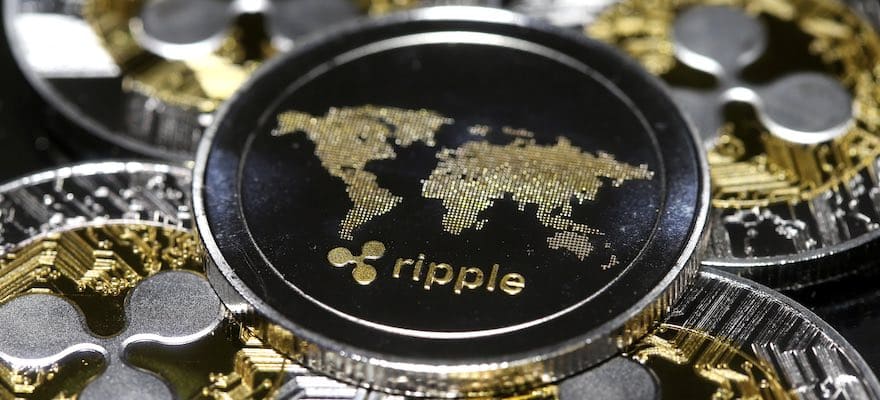San Francisco-based cryptocurrency and software firm Ripple has proposed a policy framework for regulating the cryptocurrency industry in India addressed to Indian officials.
The proposal follows news last week the Indian government may be reconsidering a draft bill that would impose a fine and a prison sentence of up to 10 years on anyone who owns or uses cryptocurrency in the country.
Ripple’s proposed framework seems to have been presented to local legislators in an apparent attempt to persuade Indian legislators to support a more balanced approach toward cryptocurrency and fintech regulation.
The 36-page paper, which was entitled ‘The Path Forward for Digital Assets Adoption Idea’, contains a global overview of the global digital assets landscape and suggests a number of measures that would clarify crypto regulation in the country.
Specifically, the paper outlined a taxonomy of digital assets, regulatory templates set by other countries, and directly suggesting what India’s digital asset regulatory framework should look like--and, of course, how Ripple’s products could be adopted for widespread use in India.
Ripple argues that its On-Demand Liquidity product could become an integral part of India remittance infrastructure
Indeed, perhaps predictably, the paper also contained information on how Ripple’s On-Demand Liquidity (ODL) service, which uses XRP--the asset that was created by Ripple and is used on many of its platforms--could become an integral part of cross-border Payments in the country.
After all, the crypto community at large has had its eye on India’s remittance market for quite some time: in 2018, the World Bank estimated that India was the top recipient of remittances in the world--roughly $79 was billion back home in 2018.
The paper argued that the adoption of ODL among institutions along the US-Mexico foreign exchange corridor saved the involved financial institutions “40-70% of the foreign exchange costs they would otherwise have incurred in remitting those funds through traditional (read: account-based) pipes.”
The paper also pointed out that “World Bank researchers have cited Ripple’s ODL solution as one of the ways in which cross-border payments innovation can be brought about.”
Ripple was also careful to point out that individuals who send and receive transactions through the ODL service will not directly hold or interact with XRP at any point.
“XRP is used as an FX tool between the financial institutions. Retail payment customers will never own, hold or transact in XRP as part of the On-Demand Liquidity product experience," the paper said.
A critical time for crypto in India
The presentation of the paper to Indian government officials seems to be directly in line with Ripple’s strategy for making connections throughout the world, which CEO Brad Garlinghouse described in an interview with CNN earlier this year.
“A lot of what I am doing […] is meeting with regulators, meeting with very senior people at banks and explaining to them how crypto can be used–specifically XRP–can be used to solve a real problem, not to circumvent regulation,” he said.
“[…]Once people understand that, they very quickly become disarmed–[‘crypto’] is no longer a bad word.”
INTERVIEW PART I 👇🏼
— Julia Chatterley (@jchatterleyCNN) February 17, 2020
"Once regulators understand you're not circumventing regulatory frameworks they get very comfortable very quickly," @Ripple CEO @bgarlinghouse explains why he's on a mission to educate regulators around the world. pic.twitter.com/2PMVvj3PZU
And indeed, with rumours of a blanket ban in India once again floating through the air, this could be a critical time for regulators in the country to learn and understand how Cryptocurrencies --including XRP--could be used to benefit the country.
However, Nischal Shetty, CEO of cryptocurrency exchange WazirX, told Finance Magnates earlier this week that he doesn’t believe a comprehensive ban on crypto is in the cards for India.
“it’s in India’s best interest to encourage such a fast-growing sector,” he said.

Nischal Shetty, founder and CEO of crypto exchange WazirX.
“There are more than 5 million crypto users in India, and I’m confident that our Prime Minister won’t let us down. With the right regulation, governments will be able to ensure AML and other guidelines are effectively followed. A blanket ban is not a solution, and I don’t believe India will go for a sub-optimal solution here.”






















